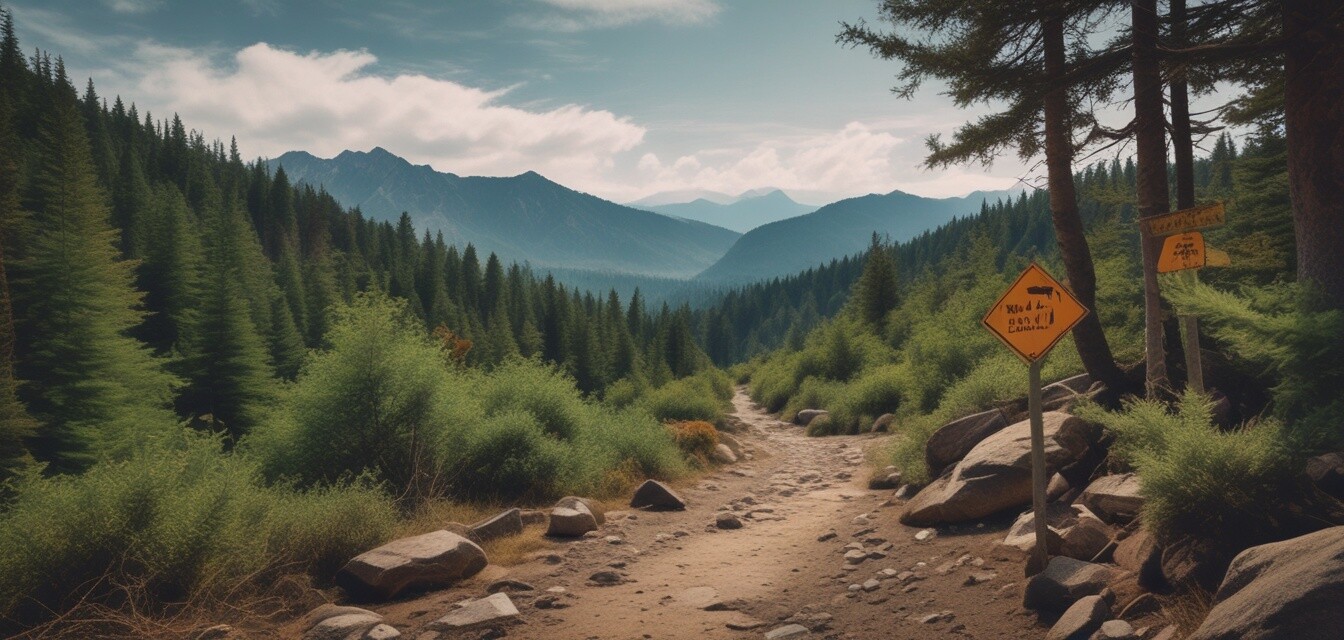
As an Amazon Associate, I earn from any qualifying purchases, at No Extra Cost to You.
Outdoor Safety: Understanding Natural Hazards
Key Takeaways
- Common natural hazards include wildlife encounters, extreme weather, and environmental risks.
- Preparation is crucial for a safe backpacking experience.
- Awareness of your surroundings can help mitigate risks.
- Know how to react during emergencies.
- Keep informed with the latest backpacking trends and safety news.
Backpacking is an adventurous and fulfilling activity that allows you to connect with nature and enjoy the great outdoors. However, it is essential to stay aware of potential hazards that can arise during your journey. This article discusses common natural hazards, including wildlife, weather conditions, and environmental dangers, along with tips on how to prepare for them. Let’s dive in!
1. Wildlife Hazards
Encountering wildlife can be an exhilarating experience, but it poses risks as well. Understanding how to behave in the presence of different animals reduces these risks. Here are some common wildlife hazards:
| Wildlife Type | Associated Risks | Preparation Tips |
|---|---|---|
| Bear | Attacks, food theft | Store food properly, make noise while hiking |
| Snake | Venomous bites | Watch where you step, wear boots |
| Mountain Lion | Attacks | Travel in groups, make yourself look bigger |
| Insects (e.g., ticks) | Diseases | Use bug spray, check after hikes |
2. Weather Hazards
Weather can change quickly in outdoor environments, so being prepared is vital. Learn about the various weather hazards commonly faced by backpackers:
- Lightning: Seek shelter in low areas or dense forest.
- Heavy Rain: Know how to set up your tent in wet conditions.
- Snowstorms: Equip yourself with the right clothing and gear.
- Heatwaves: Stay hydrated and plan for shaded areas.
In order to stay informed about weather conditions, consider using reliable apps or local weather forecasts before heading out.
3. Environmental Hazards
Environmental hazards refer to risks associated with the surroundings, including terrain and natural elements. Here’s a look at some common factors:
| Environmental Factor | Risks | Preparation Tips |
|---|---|---|
| Rugged Terrain | Falls, injuries | Wear appropriate footwear, watch your step |
| Loud Water Rivers | Drowning, hypothermia | Avoid crossing without safety measures |
| High Altitude | Altitude sickness | Acclimatize, ascent slowly |
| Flash Floods | Sudden flooding | Know the terrain, avoid riverbeds during storms |
4. Emergency Preparedness
Preparation goes a long way in ensuring your safety in the wild. Here are essential items to include in your backpack:
- First aid kit
- Emergency whistle
- Multi-tool or knife
- Flashlight with extra batteries
- Water purification tablets
Be aware that having these items on hand is helpful, but knowing how to use them effectively is equally important.
5. Stay Updated with Backpacking Trends
Staying informed about the latest trends and news in backpacking can make your outdoor experience safer and more enjoyable. For example, knowing about new gear releases, trail updates, and safety regulations can be beneficial. Read more on our Backpacking News page for the latest updates.
Pros
- Increases awareness of the environment
- Prepares you for potential challenges
- Encourages responsible backpacking
- Enhances your overall outdoor experience
Cons
- Requires time and effort to prepare
- May lead to overthinking outdoor adventures
- Identifying hazards can be overwhelming for beginners
In conclusion, understanding and preparing for natural hazards significantly improves your backpacking experience. Staying informed and practicing safety measures can make your adventures enjoyable and safe. Make sure you visit our Navigation & Safety section for more gear options and tips to stay safe in the wild.